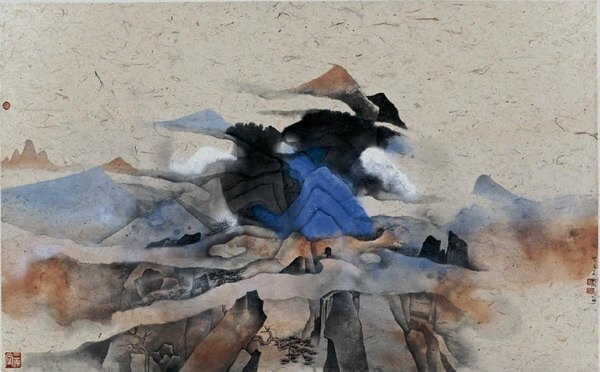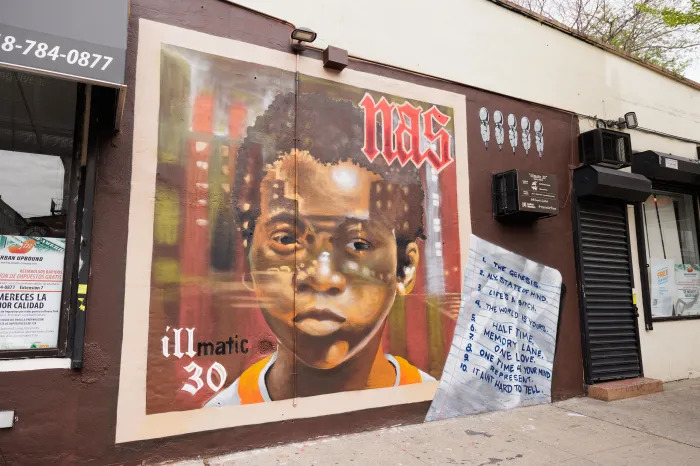By Steve Barnes
When Qiu Ren Wang first came to the United States from China four years ago, it was to participate in the huge Art Basel Miami Beach art fair. But before and after the fair he visited New York City, where he found both the artistic environment he was looking for and a community of like-minded artists from his homeland.
That combination led the artist to pick New York as his base of operations. Specifically, he chose Kew Gardens Hills, where he now lives and works between trips back to China to meet with collectors of his paintings.
“Coming to New York to settle down in Queens was a turning point in my artistic life,” Wang says. He had visited Boston and Washington, D.C., but it was in New York that he found the variety of artistic opinions, as well as the knowledge of and respect for art, that inspired his decision to move here.
Wang, who has been making art since the early 1980s, produces ink-on-paper images that mix the traditional elements of Chinese art with an experimental sense of color and line. In his landscapes, the subtlety of ink painting is transformed through the addition of bright colors and varying textures. A show of his work was up earlier this month at ASA College’s Manhattan campus.
He says that “combining Chinese culture with contemporary culture” is the main goal of his work, but achieving that goal was not an easy thing in China.
In China, the importance of tradition is very strong, Wang says. The high point of visual art is considered to be during the Tang and Song dynasties, a period that ended in the late 13th century. Everything since then is thought of as representing a period of degeneration and decline.
For that reason, bringing contemporary influences into Chinese painting is a practice often looked down upon. In addition, the position of the government toward art is quite conservative, greatly restricting the kind of work that can be produced. In the United States, he says, the sense of cultural and political freedom “lets artists do art,” without having to spend so much time worrying about whether or not they are meeting pre-determined goals.
New York has allowed Wang to expand the scope of his work in many ways. Even something seemingly as small as the kind of work on display in museums has influenced him. “In New York,” he says, “you can see almost everything.” He was especially impressed by such institutions as the Museum of Modern Art, with its comprehensive collections that allow viewers to see a whole range of art across history. In China, he says, such museums are rare.
That wide-ranging view of cultural history encourages artists here to be more experimental and take more chances. “In the U.S.” he says, “artists are conceptually very active.” He can see what many different kinds of artists are doing, as well as being exposed to what they are thinking about.
Wang has also been inspired by the growing number of Chinese artists who live and work in Queens. One of those artists, the painter Q.X. Wang, is the driving force behind the Contemporary Artists and Critics Association and the New York Modern and Contemporary Research Institute, two organizations that foster the development of Chinese art and culture in the United States. He notes that a group of artists with common beliefs and backgrounds is taking shape in the borough.
Qui Ren Wang’s career is taking shape as well. From his Kew Gardens Hills base, he is working on his next move, and is currently in discussions with the American Chinese Art Association for a projected solo show.





























